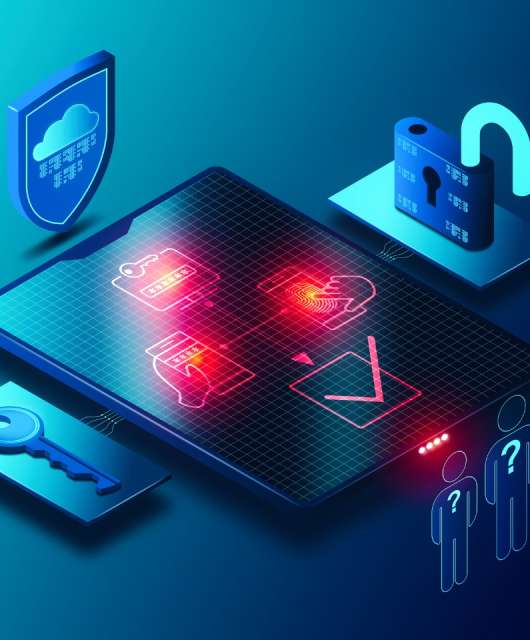One of the biggest problems with IT security is that hackers are finding new ways to break into your computer or steal your data every day. This means that you must check your security settings regularly to ensure you are properly protected.
This simple 7-point checklist will help you get your defenses in order – and keep the criminals out.
-
Strengthen your passwords
Do you reuse the same password for all your apps and services? Stop! If hackers can crack one password, they can access all of those apps. Stealing the password from your favorite game could also give the hacker access to your bank account.
You should choose long, complicated passwords that combine upper- and lowercase letters, numbers and special symbols (?!@£%&*- etc). Obviously complex passwords are hard to create and remember, so use a password manager like Panda Dome Passwords to do it for you – automatically.
-
Install antimalware
Malware and ransomware are popular and effective ways to break into computers. Worse still, they are very effective and they can cause extensive damage.
Antimalware software is essential for protecting your devices against infection. Make sure your computers, tablets and smartphones have antimalware installed and is being regularly updated. You can get started by downloading a free trial of Panda Dome.
-
Enable Two Factor Authentication (2FA) on your accounts
Unfortunately, even strong passwords can be cracked. But by enabling Two Factor Authentication (2FA), you can make it much harder for criminals to break in.
With 2FA you must supply a second password – one that is auto-generated by the system and sent via SMS to your phone. No phone, no secondary passcode, no account access.
So if your apps or online services offer 2FA – enable it. You will be much less likely to fall victim to hackers.
-
Delete unused apps
Unused apps tend to be forgotten but that won’t stop hackers. The more apps and accounts you have, the more opportunities there are for hackers to break in.
Take some time to delete any apps or accounts you don’t use – your devices will be much safer when you do.
-
Update your software
Software developers release frequent updates to patch security issues. But you have to install the updates to be protected.
Make sure you regularly updates apps and operating systems to reduce your risk of being hacked.
-
Use a VPN
Some hackers will try and monitor what you do online as a way to capture passwords and other sensitive data. They capture unencrypted data as it passes across the internet.
A VPN like Panda VPN Premium, will encrypt all of your internet traffic so it cannot be intercepted or stolen in this way.
-
Stay alert
You are one of the best defenses against hackers. Stay aware of what is happening on your devices – if you spot something unusual or suspicious, it could be a sign of hacker activity. And if you do see something wrong, you can ask for help before you become a victim of cybercrime.
So there you have it, seven key steps for securing your devices and data. Bookmark this checklist and make sure you work through






